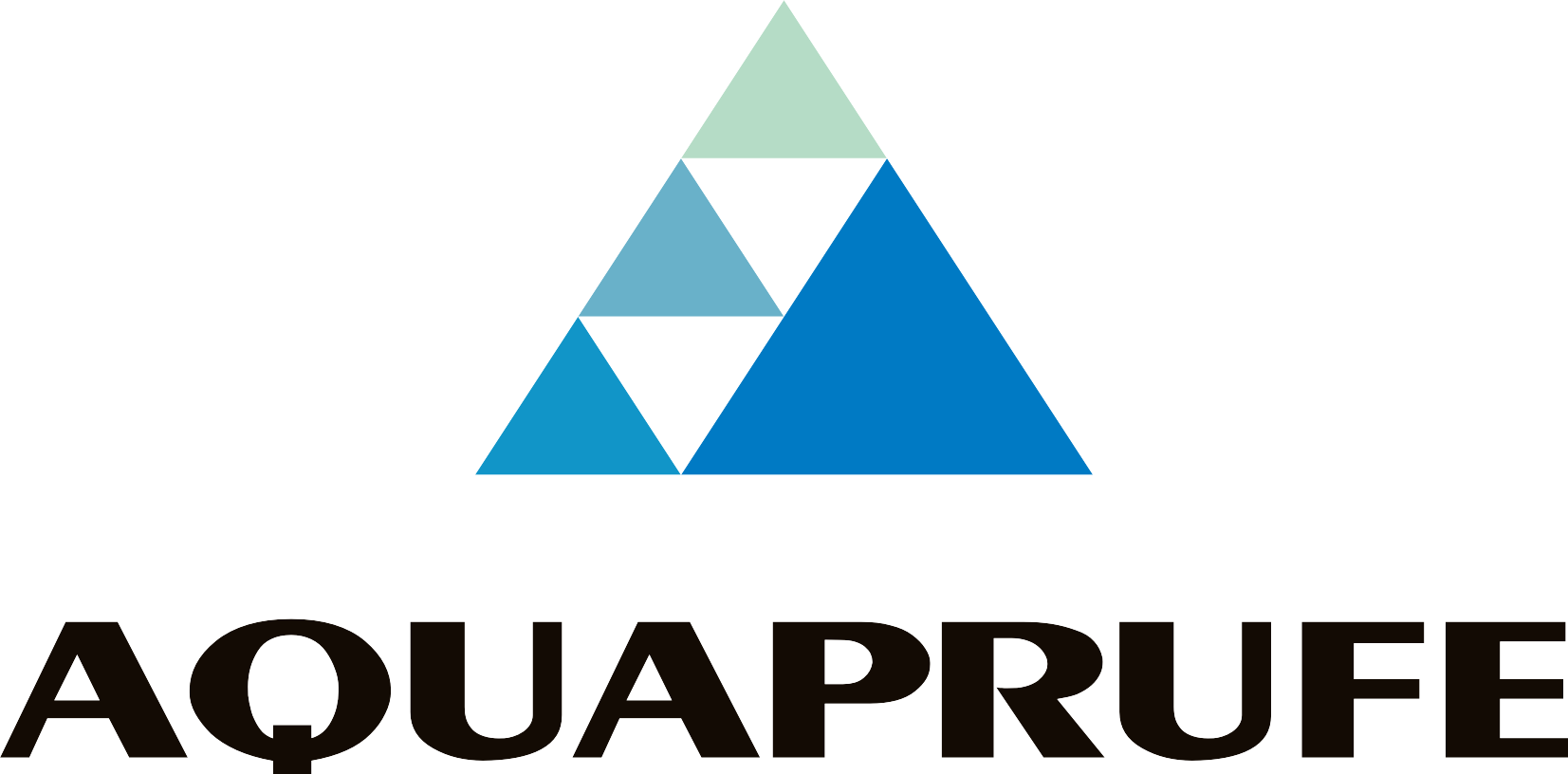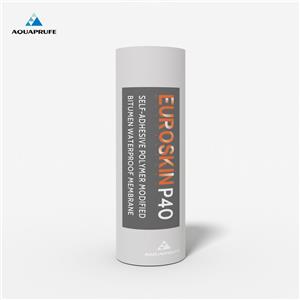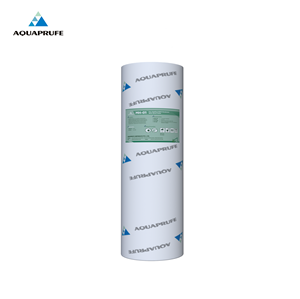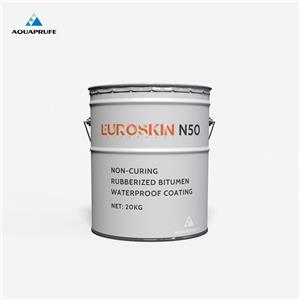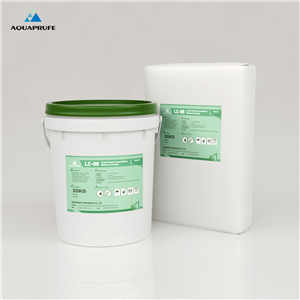Application Procedures of Geomembrane
1. Preparation
- Tools: self-propelled hot welding machine, extrusion welding machine, trimmer, tensiometer, air pressure detector, vacuum box.
- Weather conditions: no installation shall be carried out in the case of rain, strong winds, or extreme temperatures.
- Clear the subgrade, and make sure there are no sharp objects or waterlogging.
- Check if the geomembrane and all tools are intact.
2. Positioning
- Lay geomembranes in the direction of their main stress, without pulling them too tight, and leave certain spaces for expansion to fit substrate deformation.
- Make sure there are no wrinkles and the geomembranes shall rest in close contact with the subgrade.
- Leave at least an extra 1m at each edge.
- Leave an overlapping seam of 10-15cm between two rolls of geomembrane.
- After positioning, the geomembranes shall be held still with sandbags.
3. Welding
- Clear the seam parts, and make sure they are free from grease, moisture, and dust.
- Weld with a self-propelled double-track welding machine at the speed of 2-3m/min, with the heat of 280-300℃.
- Use an extrusion welding machine to reinforce T-junction parts; if needed, add a geomembrane patch to each T-junction, weld with a hot air gun, trim the edge, and seal with an extrusion welding machine.
4. Quality check
- Quality checks shall be carried out along with the construction process.
- Use a field tensiometer to test both tracks for peel strength and shear strength.
- Test the welded seams with an air pressure detector. Inflate the welded seams to reach the pressure of 0.15-0.2MPa, and no significant drop in pressure within 1-1.5min as qualified.
- For damaged or failed parts, repair with an extrusion welding machine or hot-welded patches of the same material.
- T-junctions and repaired parts shall be tested in 50*50cm size by vacuum box. It is deemed qualified when there is no blister in 30s of soap solution coverage under vacuum pressure of no less than 0.005MPa.
